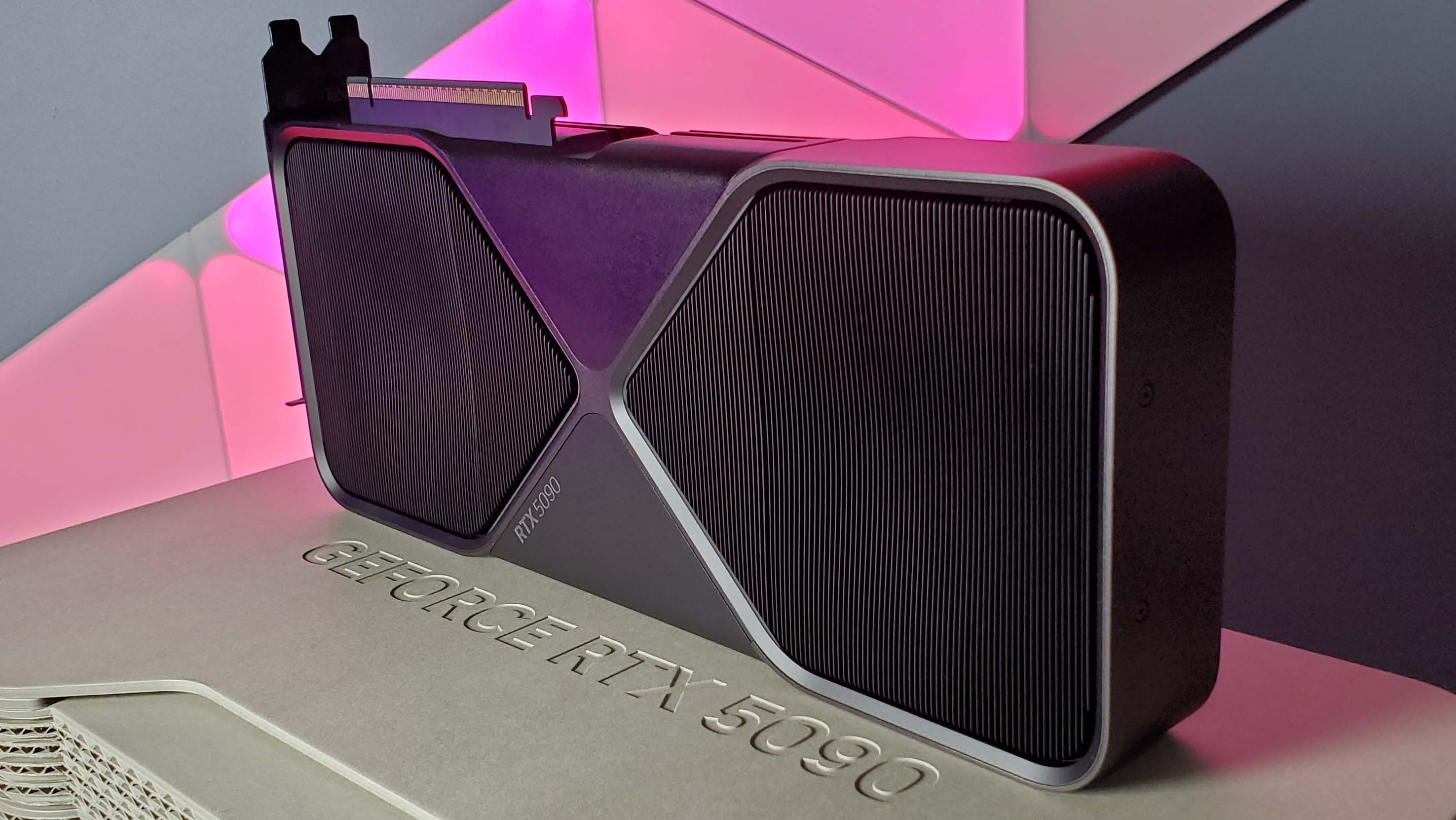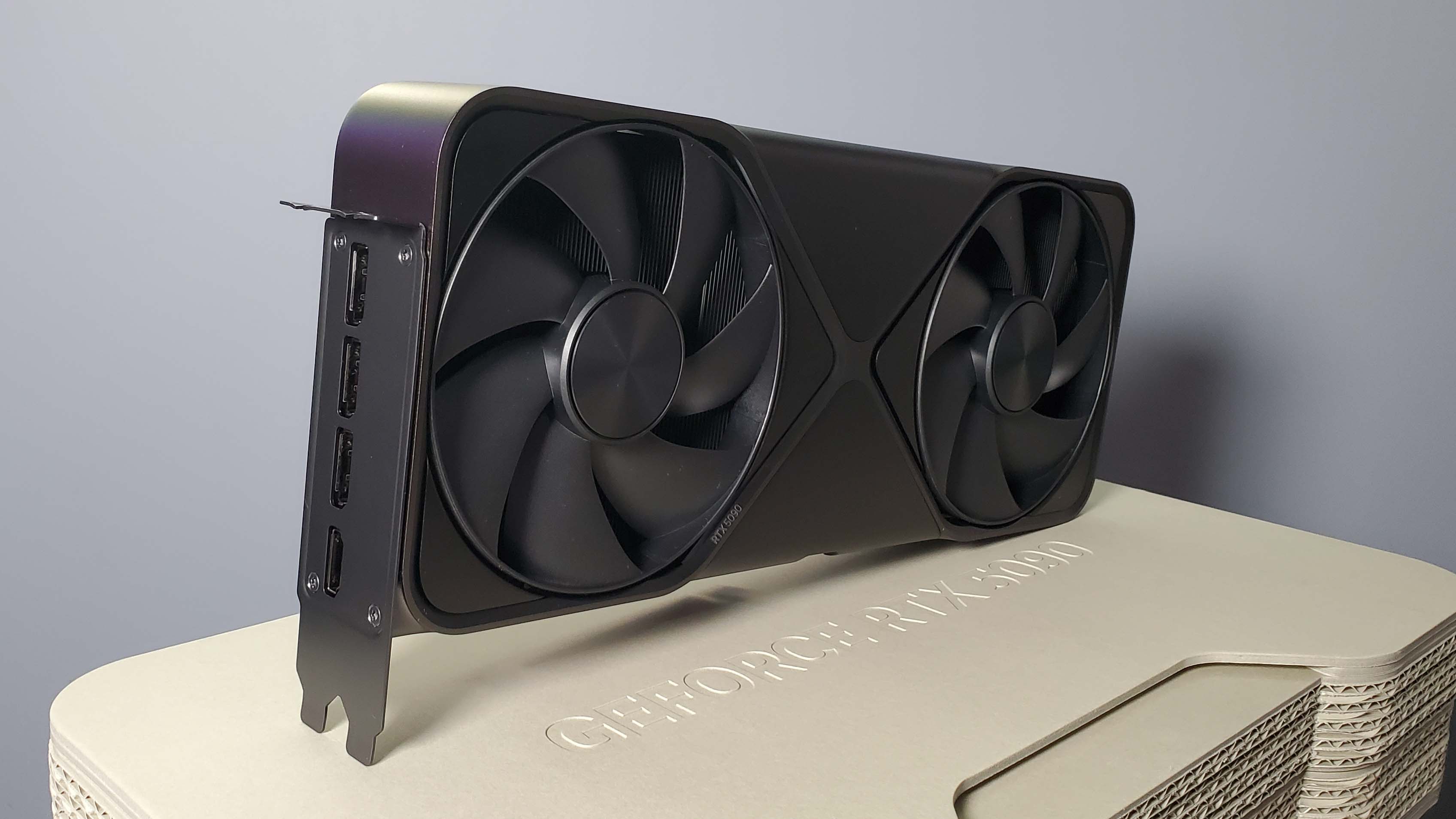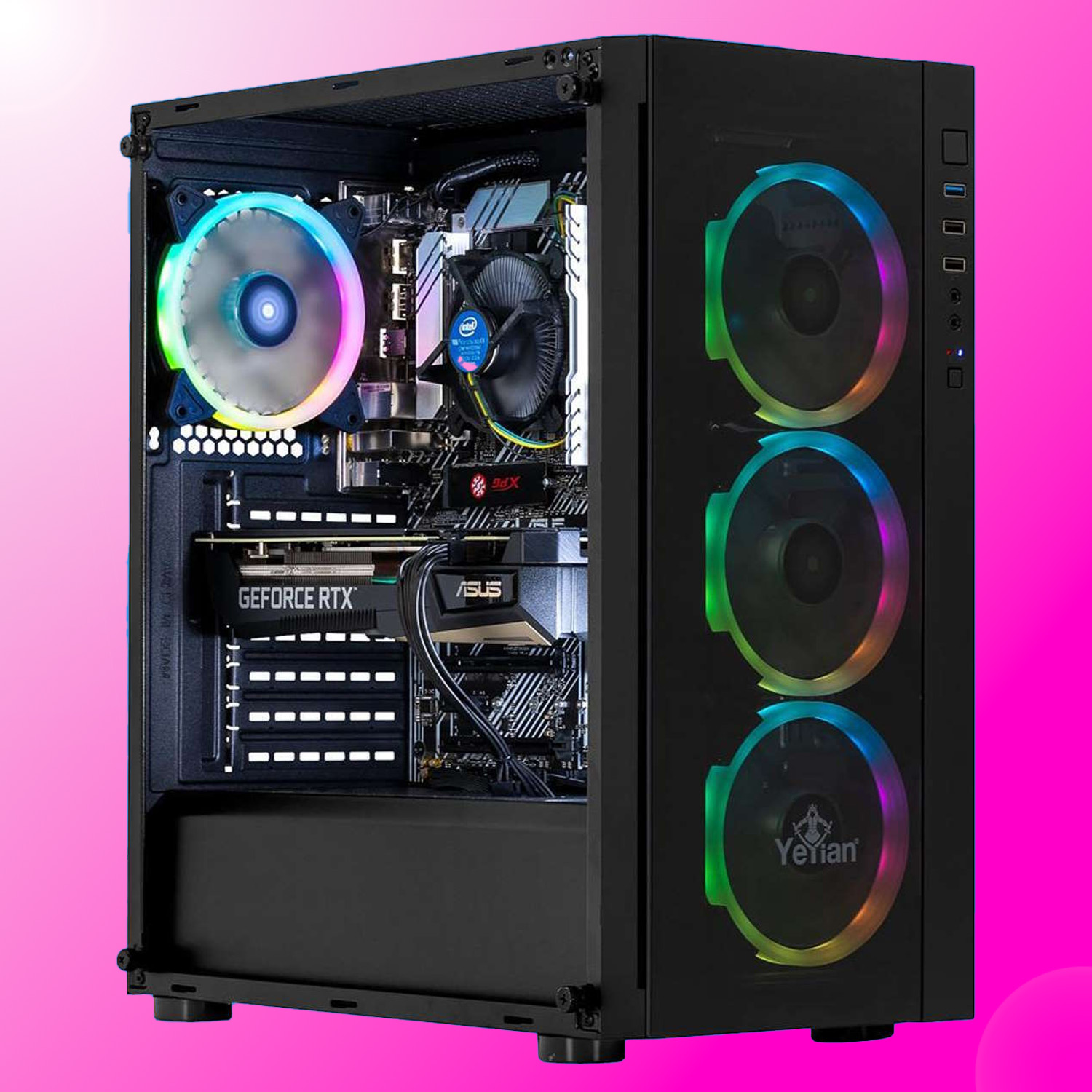
Nvidia's chips are already hard to get at MSRP in the US.
A new Digitimes report suggests Nvidia has “encountered multiple crises” with its supply chain, which, when combined with a reported loss of $5.5 billion and bans on H20 chips to China, means it has to raise fees on its products. Those price raises are hitting partners of Nvidia, who will then decide to enact any changes based on the sum they pay, and that could have a knock-on effect on the prices customers see on the shelves.
As the report notes, recent AI chip restrictions in China have already resulted in price hikes previously, with RTX 50-series cards seeing an increase of 5-10%, and GPUs for servers were raised by 10-15%. Some of this price rise would be speculative, with companies and individuals buying en masse, due to fears of not being able to purchase them in the future. This then increases short-term demand, which results in a price increase.
This Chinese price spike is different from Nvidia’s most recent development, however, and we don’t yet know how much the most recent partner price increase is, or how those partners are likely to respond. Over the last few months, GPU pricing has been hard to predict, not only because of the large launch of the RTX 50-series and even larger demand, but also due to a few outside factors of which we’re all painfully aware.
Restrictions on chips to China have been further enforced, in an attempt to dampen AI developments, and the back and forth on tariffs both from and to America have meant manufacturers have been unsure of fees and costs to import and export. As of this week, the US and China have ceased the largest tariffs affecting certain goods, but some tariffs still apply.
This means that many weren’t getting either consumer or business Nvidia products at MSRP in the first place, so the effects of manufacturer-level changes won’t be as clear-cut. Buyers in the US were already paying well above MSRP for RTX 50-series cards, but some in the UK and other parts of the world have been lucky enough to get them at MSRP far more regularly.
However, if the global cost of manufacturing cards for partners is going up, then the likelihood of anyone across the world being able to find a new GPU at or around the original MSRP is going to be vanishingly small.
TSMC, the world’s largest semiconductor manufacturer, announced a $100 billion investment in the US in March this year, and Nvidia announced it would make “several hundred billion” dollars worth of electronics in the US.
This renewed investment in America could be good for long-term American production, but these increases are a natural result of an injection of billions of dollars into fabs that won’t be immediately profitable. This is just one of many factors leaving pricing up in the air right now.
Best gaming PC: The top pre-built machines.
Best gaming laptop: Great devices for mobile gaming.







